Best Fabric Types for Athletic Apparel
We all love looking our best when we are working out, but the struggle to find comfortable, stylish, and affordable active wear apparel is a real one. Knowing the differences in the fabric content in your clothing can help you decide which apparel is best suited for your workout gear. This guide below will help you learn about the differences between the different fibers and fabric types that are most popularly used in athletic apparel.
Fibers: Natural Vs. Synthetic
Fibers are long and narrow strands of materials used to weave fabric. Fibers can be divided into two groups: natural and synthetic.
Natural fibers are fibers that are sourced naturally from plants and animals. Examples of natural fabrics include cotton, linen, and silk. Benefits to using natural fibers in athletic apparel include increased breathability, odor control, and hypoallergenic qualities. Disadvantages to using natural fibers in active-wear apparel include higher prices and lack of moisture wicking properties.
Synthetic fibers are fibers that are manufactured in a process known as polymerization. Some examples of synthetic fibers include polyester fabrics, nylon fabrics, and spandex fabrics. Some people believe that polyester fabric is “bad”, but there are actually a number of advantages to having polyester blends in your athletic apparel. Some advantages include increased elasticity, increased wrinkle resistance, increased durability, increased moisture wicking abilities, and affordability. Disadvantages to using synthetic fibers do however include a lack of breathability, which is why a blend can sometimes get you the best of both worlds.
While athletic apparel can be sewn from any fabric / fiber, the best active wear fabric is ultimately made from, or blended with cotton, polyester, nylon, and spandex.
Fabric Type
Fibers are used to weave or knit fabric into different styles of fabric. Every style of fabric has different qualities, however when choosing fabric for activewear apparel there are several qualities that you want to look for. When choosing a fabric for activewear apparel, you want to look for a fabric that is breathable, moisture wicking, easy to wash, comfortable, and stylish. Below is a just a small list of the many fabrics that can be used for athletic apparel:
Jersey Fabric
Jersey fabric is a soft and stretchy fabric. Jersey fabric is made from a blend of cotton, nylon, or polyester, and spandex. Soft and comfortable, jersey fabric is elastic and can be used to make body hugging active wear apparel that will not get in the way of your workout. Jersey fabric is easy to clean and is available in a variety of colors and designs.
Microfiber Fabric
Microfiber fabric is one of the most popular types of athletic wear fabrics right now. Microfiber fabric is being used by a number of the largest athletic wear manufacturers because of the fabric’s moisture wicking properties. This means that this type of fabric will allow sweat, heat and moisture to be transported away from the skin and outside of the garment. Microfiber fabrics include Nike’s Dri-FIT fabric and Fabric Wholesale Direct’s Dri-Weave.
Flannel Fabric
Flannel fabric is a soft and warm fabric that has a raised, fuzzy texture. Flannel fabric is made from 100% cotton and is hypoallergenic. Flannel fabric is thick and loosely woven, meaning Flannel fabric will keep you warm but also allow for breathability. Flannel fabric is easy to wash and comes in a variety of colors and patterns; flannel fabric can be used to make stylish and comfortable apparel like sweatpants and sweatshirts.
Neoprene Fabric
Neoprene scuba fabric is a spongey, stretchy fabric that is soft and smooth to the touch. Neoprene scuba fabric is knit from a blend of polyester and spandex fibers. Known for its insulating properties, neoprene scuba fabric will keep the wearer warm. Variations of this fabric are even used by scuba divers’ wetsuits. Additionally, neoprene scuba fabric is very durable and keeps its shape, which makes it quite stylish as well!
There are lots of different types of athletic wear apparel, but it’s important to know which ones will keep you cool and dry while you work out. Keep this information in mind as you shop for your latest workout gear!




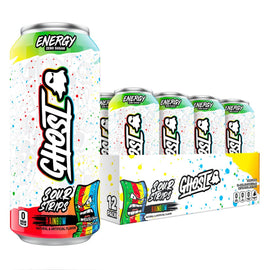
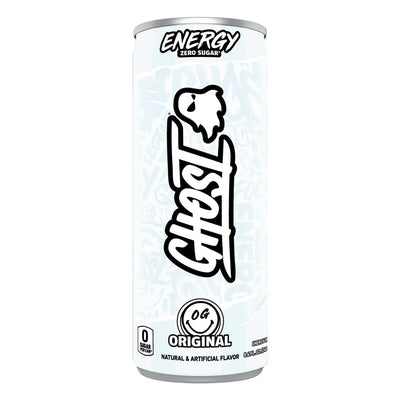
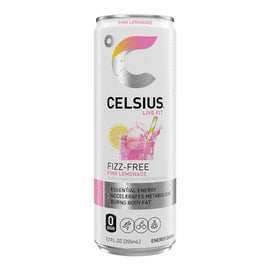
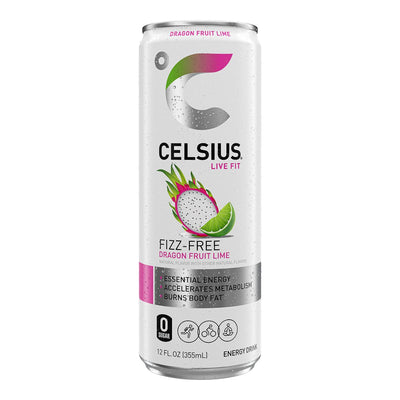
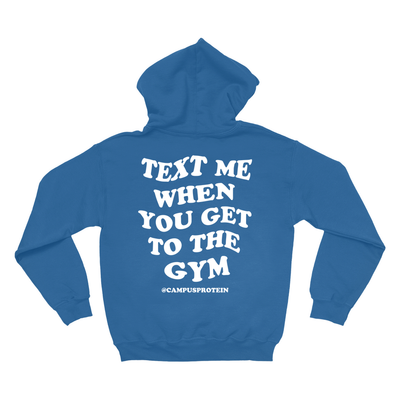

Leave a comment